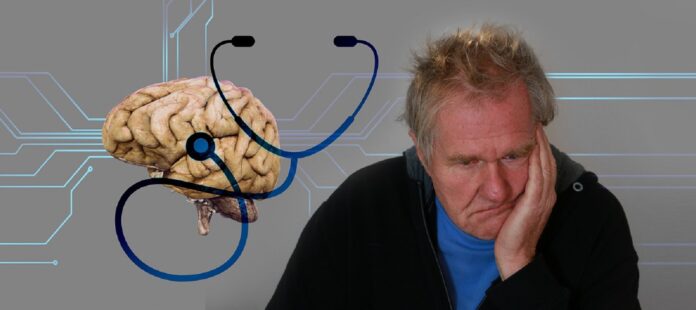While using high-quality brain imaging tests gathered as part of research studies, researchers have made significant progress in identifying the symptoms of Alzheimer’s disease. A team at Massachusetts General Hospital has recently created an accurate method that relies on regularly collected clinical brain images. The development could result in a more accurate diagnosis.
In this, scientists used deep learning architecture, a type of machine learning and artificial intelligence that uses huge amounts of data and complicated algorithms to train models.
Based on information gathered from brain magnetic resonance imaging (MRIs) of patients with and without the disease who visited Mass. General before 2019. The researchers developed a model for Alzheimer’s identification. The work’s capacity to diagnose Alzheimer’s regardless of other factors, such as age, was one of its primary innovations.
The team evaluated the model on five datasets, including those from Brigham and Women’s Hospital before and after 2019, Mass. General after 2019, and outside systems before and after 2019, to see if it could reliably diagnose Alzheimer’s disease based on clinical data collected in the real world, independent of the location or time.
Eleven thousand one hundred three (11,103)photos from 2,348 people at risk for the illness and 26,892 photographs from 8,456 patients without Alzheimer’s were used for the study. The model accurately identified the risk of Alzheimer’s disease across all five datasets (90.2%).
Matthew Leming, a research fellow at Mass General’s Center for Systems Biology, said, “Alzheimer’s disease typically occurs in older adults, and so deep learning models often have difficulty in detecting the rarer early onset cases. We addressed this by making the deep learning model ‘blind’ to brain features that it finds overly associated with the patient’s listed age.”
According to scientists, Another major issue in disease identification is dealing with data considerably different from the training set. For example, a deep learning model trained on MRIs collected on a General Electric scanner may fail to distinguish MRIs gathered on a Siemens scanner.
The model used an uncertainty metric to determine whether patient data were too different from what it had been trained on to make a successful prediction.
He also said, “This is one of the only studies that used routinely collected brain MRIs to attempt to detect dementia. While a large number of deep learning studies for Alzheimer’s detection from brain MRIs have been conducted, this study made substantial steps toward actually performing this in real-world clinical settings as opposed to perfect laboratory settings. Our results — with cross-site, cross-time, and cross-population generalizability — make a strong case for clinical use of this diagnostic technology.”
The National Institutes of Health and the Ministry of Commerce, Industry, and Energy of the Republic of Korea both provided funding for this project, which was administered by MGH under a subcontract.
The main goals of this research were to create a model that was inhibited from including confounding variables and devising methods for identifying test set components that were in-distributional.
Journal Reference:
- Leming, M., Das, et al. Adversarial confound regression and uncertainty measurements to classify heterogeneous clinical MRI in Mass General Brigham. PLOS ONE. DOI: 10.1371/journal.pone.0277572
